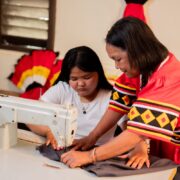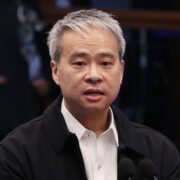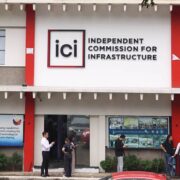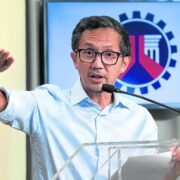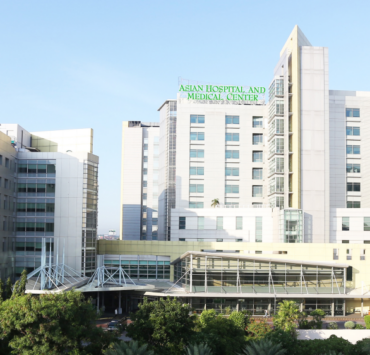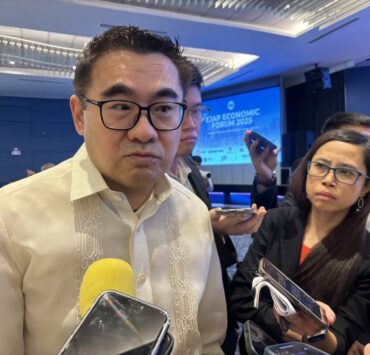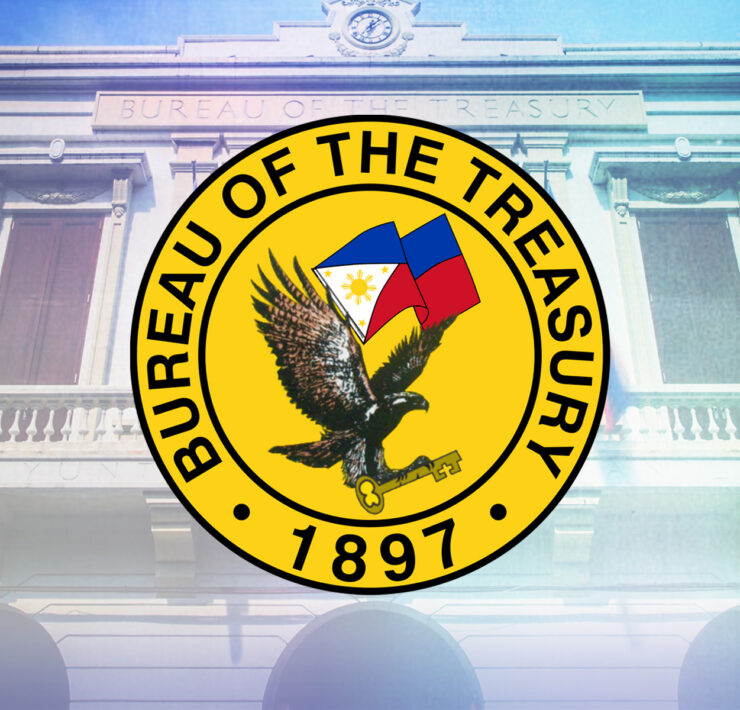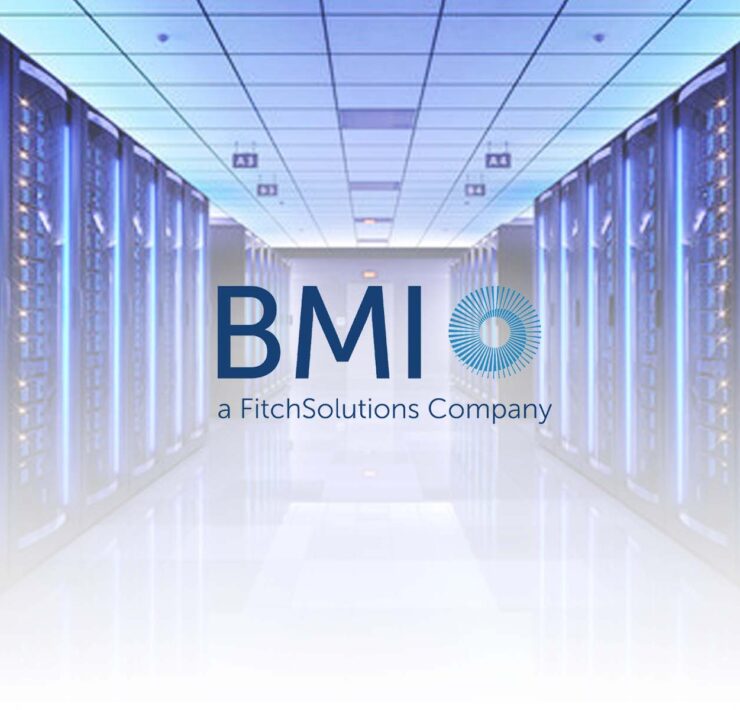FDI growth hit 7-month high in May of 21.3%
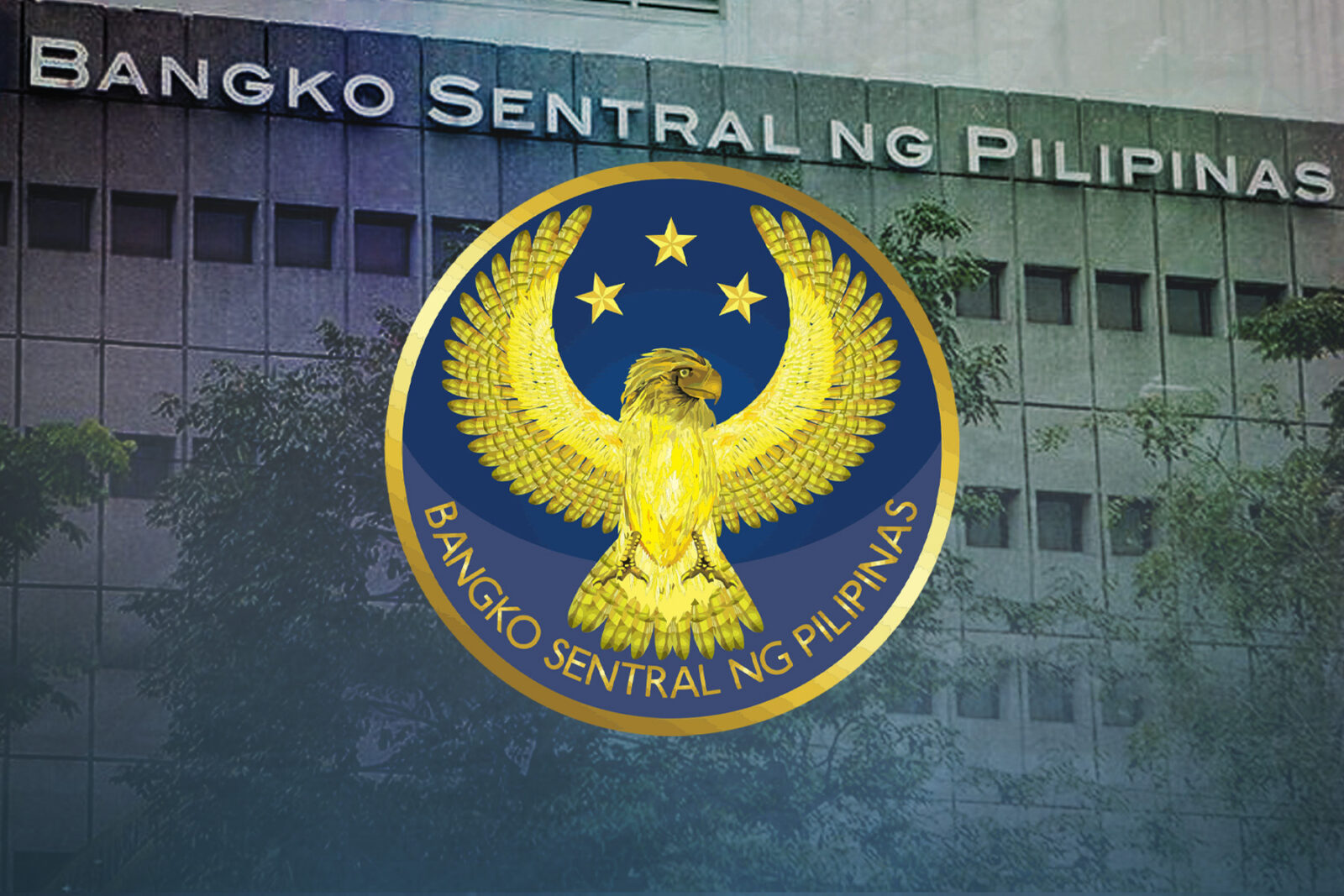
Net inflows of foreign direct investments (FDI) in the Philippines posted their best growth in seven months in May, although the increase was driven more by intercompany borrowings rather than fresh equity inflows.
Data from the Bangko Sentral ng Pilipinas (BSP) showed net inflows—the amount of FDI coming in minus what’s pulled out—reached $586 million, up 21.3 percent from a year earlier. It was the strongest growth since October 2024, when inflows surged 61.9 percent.
Broken down, equity capital placements—a gauge of new foreign direct investment—fell 38.1 percent to $108 million, while withdrawals surged 237.5 percent to $46 million. That left net equity capital investments at just $62 million, down 61.4 percent from a year earlier.
What propped up May’s inflows was an 88.3-percent jump in loans between multinational companies and their local affiliates to $427 million. Reinvestment of earnings also inched up 1.4 percent to $97 million.
Investor sentiment
Unlike foreign portfolio investments, which can flee at the first sign of trouble, FDI tends to be longer-term capital that can create jobs. The government has been seeking to draw more of these inflows while retaining those already here.
But the central bank said the country just recorded $2.96 billion in net inflows for the first five months of 2025, falling by 26.9 percent. It was also still far from the $7.5 billion projection of the BSP for the entire 2025—a year marked by global trade uncertainties that have been stoking investor unease.
John Paolo Rivera, senior research fellow at state-run think tank Philippine Institute for Development Studies, nevertheless said that the uptick in May’s FDI reflects “improved investor sentiment due to the country’s solid macroeconomic fundamentals, relatively stable inflation, and infrastructure momentum.”
“Externally, moderating global interest rates and a recovery in regional trade also helped. However, the year-to-date decline shows that inflows remain sensitive to policy clarity, geopolitical risks, and tariff developments,” Rivera said.
“If growth holds near the 5.4 percent average in the first half, we can sustain modest FDI recovery in the latter part of the year. To gain stronger traction, the Philippines needs to accelerate reforms in ease of doing business, investment facilitation and trade diversification to counter headwinds from global uncertainty,” he added.

